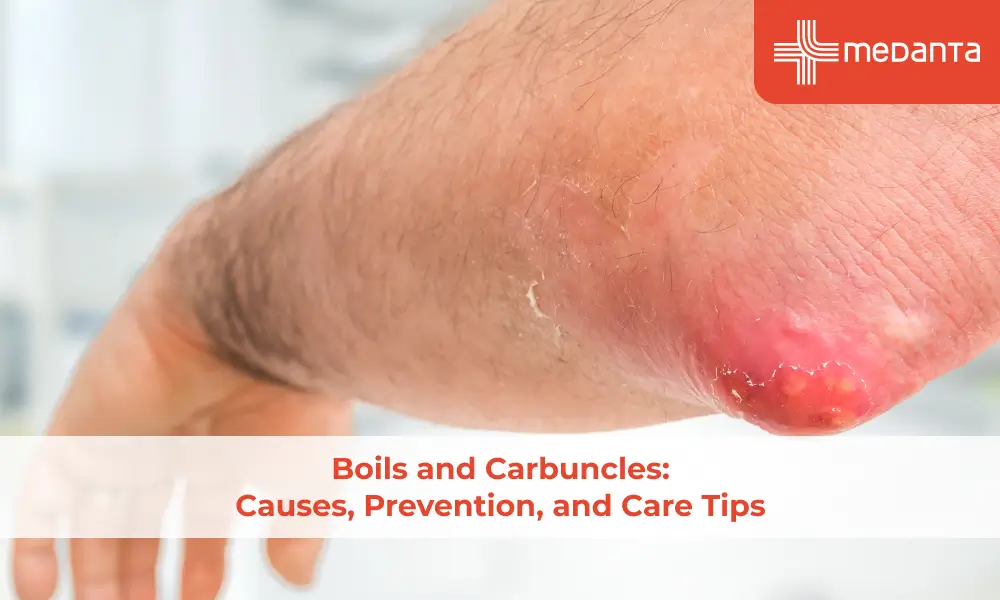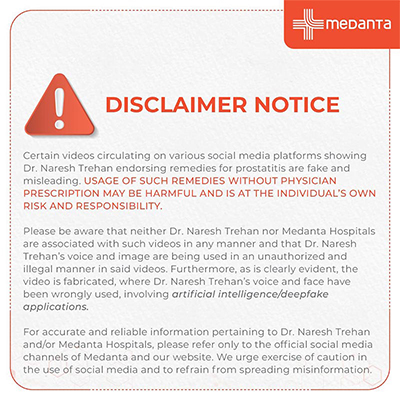How Do You Respond When a Person is Choking?

TABLE OF CONTENTS
Knowledge of choking first aid could save someone's life. A person who chokes cannot get oxygen to their lungs and brain. Brain damage or death can occur if the brain lacks oxygen for more than 4 minutes.
Choking can affect anyone regardless of age, though it happens most often with young children. Someone who's choking will typically grab their throat - a universal distress signal. They might struggle to talk or breathe, and their skin could turn blue. The risk increases, especially when you have a full mouth while talking or laughing.
Someone who's choking needs help immediately. Doctors suggest a "five-and-five" approach to treat choking: alternate between 5 back blows and 5 abdominal thrusts until the blockage clears. Start CPR right away if the person becomes unresponsive.
Knowing how to help someone who's choking could save their life. This piece outlines the essential steps to take during a choking emergency and the best ways to respond quickly.
Understanding the Risks and Causes of Choking
Choking happens when something gets stuck in your airway and stops you from breathing normally. The blockage might be complete or partial; a complete blockage is a life-threatening emergency that needs immediate first aid.
Complete airway obstruction: The object totally blocks your airway, so oxygen can't reach your lungs. Brain injury or death becomes likely after just four minutes without oxygen.
Partial airway obstruction: The object only blocks part of your airway, which lets some air pass through.
Most people choke on food. Here are the common food items to watch out for:
Hard candy and nuts
Grapes and cherry tomatoes
Hot dogs sliced into rings
Meat chunks and fish bones
Popcorn and marshmallows
Peanut butter and chewing gum
Kids often choke on non-food items like balloons, coins, button batteries, toys with small parts, and beads.
Your age really affects your choking risk. Children under five and adults over 65 face the highest risk. People over 75 account for almost two-thirds of choking deaths. A child's airway is smaller than an adult's, and kids don't know how to spot dangerous items they might choke on.
These medical conditions make choking more likely:
Neurological disorders (Alzheimer's, Parkinson's)
Swallowing difficulties (dysphagia)
Dental problems (missing teeth or ill-fitting dentures)
Muscular conditions affecting chewing
Your behaviour at mealtimes matters too:
Eating too fast
Talking or laughing while eating
Not chewing food well enough
Eating while lying down
Drinking alcohol before or during meals
Choking has serious consequences because your brain starts getting damaged quickly without oxygen. You could face permanent brain damage or death within minutes if nobody helps you right away.
What to Do When Someone Is Choking?
A choking emergency demands swift action. You need to know how to spot when someone needs help before you can assist them effectively.
Check if they're truly choking:
You should first determine if the person is genuinely choking or just coughing:
A person who can speak, cough forcefully, or breathe adequately should keep coughing while you stay with them
Someone who cannot speak, cough effectively, or breathe needs your immediate help
Signs someone needs immediate help:
Clutching at the throat (the universal choking sign)
Weak or no cough
High-pitched wheezing sounds or complete silence
Inability to speak, cry or breathe
Panicked or confused facial expression
Skin turning pale or bluish
Steps to help a choking adult or child:
Stand to the side and slightly behind the person. Kneel behind smaller children.
Give five back blows:
Place one arm diagonally across the chest
Bend them forward at the waist
Strike firmly between their shoulder blades with your hand's heel
The blockage might remain, so give five abdominal thrusts:
Stand behind them with your arms around their waist
Make a fist with one hand, placing the thumb side above the navel
Cover your fist with your other hand
Pull inward and upward forcefully five times
Keep alternating between five back blows and five abdominal thrusts until:
The object comes out
The person starts breathing, coughing or speaking
Emergency help arrives
The person becomes unresponsive
You should call the emergency help number if repeated attempts don't clear the blockage.
Special situations:
Pregnant women or larger individuals need chest thrusts instead of abdominal thrusts
Wheelchair users can receive abdominal thrusts normally - kneel behind if needed
If you're alone and choking:
Call the emergency help number even if speaking is impossible
Try self-administered abdominal thrusts or press your abdomen against a firm object like a chair back
Note that these techniques need enough force to remove the blockage, but you should adjust the force based on the person's size.
What if the Person Becomes Unconscious?
A choking person might lose consciousness even after you try back blows and abdominal thrusts. The situation demands quick action with a different strategy.
When someone becomes unresponsive, here is what you need to do:
Lower the person safely to a firm, flat surface. Make sure to support their head and neck to avoid injury.
Call emergency services immediately or ask someone nearby to call while you start first aid.
Begin CPR immediately with chest compressions. Place yourself directly over their chest and put your hands on the lower third of the sternum.
Perform 30 chest compressions at 100-120 compressions per minute. Use your upper body weight to push down 2-2.4 inches deep (about one-third of the chest depth).
Check the mouth for visible objects after compressions. Look inside and remove any object you can see with your finger. Never do a finger sweep unless you actually see the object - you might push it deeper.
Open the airway with a slight head tilt back and chin lift.
Attempt rescue breaths. The chest should rise with your first breath. If it doesn't, adjust the head position and try again. Resume chest compressions if air still won't go in.
Continue the cycle of 30 compressions, check for objects, and try two rescue breaths.
Keep going until:
The object comes out, and normal breathing starts
Emergency help arrives
The person responds
Someone with equal training takes over
These chest compressions might help force out the blockage. The pressure you create can sometimes push out the stuck object.
The person needs a medical examination after losing consciousness from choking, even if they recover quickly. Complications can arise from the whole ordeal and the first aid measures taken.
Conclusion
Choking emergencies demands quick action and the right knowledge to save lives. Brain damage sets in after just four minutes without oxygen. This makes a fast response vital. People of all ages can choke, but children and older adults face higher risks.
You need to spot the signs of choking to act fast. Someone clutching their throat is the universal sign of choking. Other signs include the person's inability to speak, trouble breathing, or skin turning blue - all clear signs of an emergency.
The "five-and-five" approach helps you respond effectively to choking. You start with back blows and follow up with abdominal thrusts to clear the blockage and help normal breathing resume. If a person loses consciousness, they need CPR right away to keep blood and oxygen flowing.
Safety measures help prevent choking incidents. Cut food into small pieces, keep hard candies away from young children, and eat slowly without talking to reduce risks significantly.
Knowing how to help someone who's choking can save their life. These methods work best when you use them correctly and quickly. Getting certified training in choking response prepares you to handle these scary but manageable emergencies. Life or death often depends on what you do in those first critical moments - knowledge everyone should have.
FAQs
What are the immediate steps to take when someone is choking?
First, determine if they're truly choking by checking if they can speak or cough. If they can't, perform five back blows followed by five abdominal thrusts. Repeat this sequence until the blockage is dislodged or the person becomes unresponsive.
How can I recognise if someone is choking?
Look for signs such as hands clutched to the throat, inability to speak, difficulty breathing, weak or no cough, and skin turning pale or bluish. These indicate a serious choking emergency requiring immediate action.
What should I do if I'm alone and choking?
Call the emergency help number even if you can't speak. Perform self-administered abdominal thrusts or press your abdomen against a firm object like a chair back. These actions can help dislodge the obstruction.
How do I respond if a choking person becomes unconscious?
Lower them carefully to a firm, flat surface, call the emergency help number, and begin CPR immediately. Start with 30 chest compressions, then check the mouth for visible objects. Continue cycles of compressions and rescue breaths until help arrives or the person recovers.
What are some ways to prevent choking incidents?
Cut food into small pieces, avoid giving young children risky items like hard sweets, and encourage eating slowly without talking. Be aware of choking hazards in your environment, especially for young children and older adults who are at higher risk.






